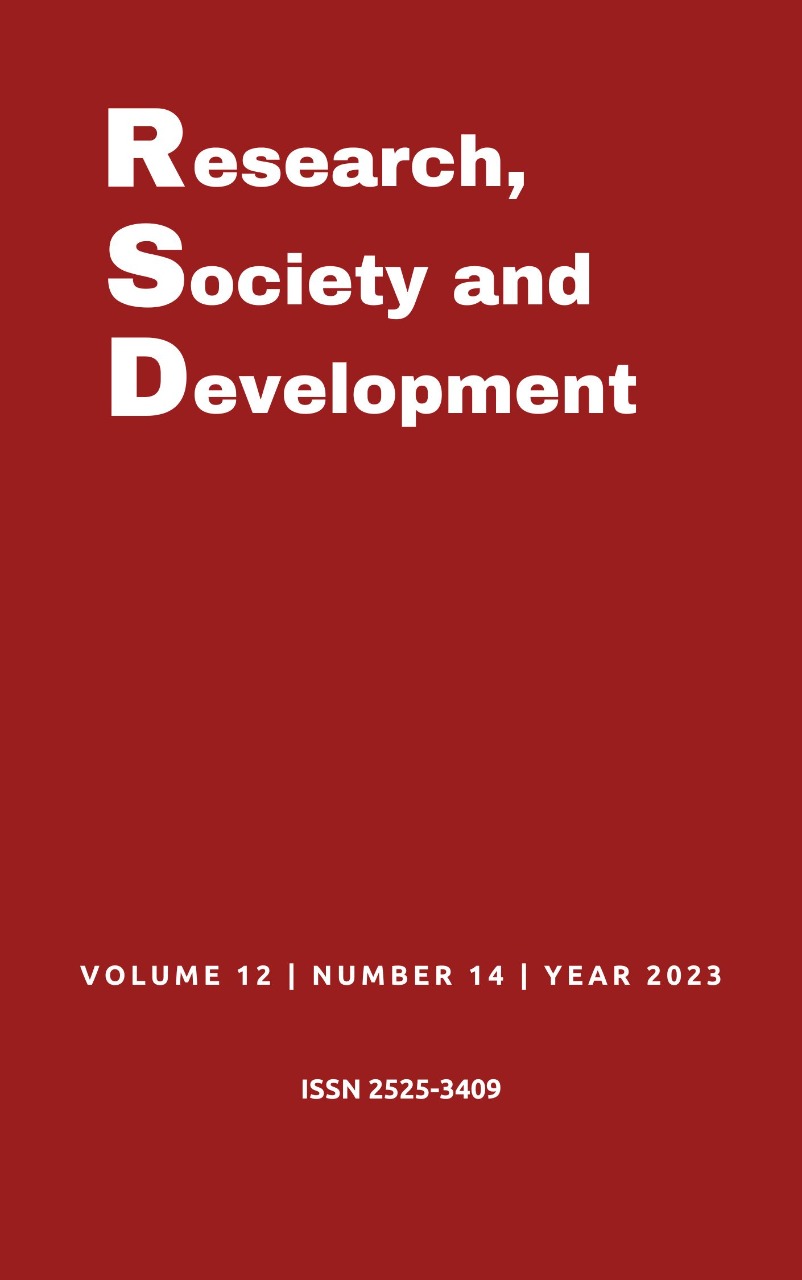Continuous casting heat transfer model – The spray cooling control problem
DOI:
https://doi.org/10.33448/rsd-v12i14.44637Keywords:
Continuous casting, Mathematical models, Spray cooling, Automation, Casting defects.Abstract
In the steel industry, the continuous casting process is regarded as the second significant technical innovation after the advent of the oxygen steelmaking process. Prevailing thermal conditions are a dominant factor in the quality of the product. The common practice of spray control in which water flow in the sprays is proportional to the casting speed is inadequate to unsteady state conditions during speed changes. The objectives of the present study were twofold. The first was to study the basic principles of spray control. As a required tool, a mathematical model for the thermal field was developed. This model was to be used to simulate the temperature distribution in the strand. The second objective was to use these principles to develop a model for controlling the sprays. The thermal model has been used to analyze the effects of both practices on the surface temperature of the strand. The results have shown that a significant temperature fluctuation can be generated by proportional control and that the new control model realistically predicts the thermal requirements of the strand during changes in casting speed.
References
Baptista, L. A. S. (1979) Control of Spray Cooling in the Continuous Casting of Steel, Master of Applied Science Thesis, The University of British Columbia, Canada.
Brimacombe, J. K. (1976) Cracking Formation in the Continuous Casting of Steel, Can. Met. Quart., 15, 163-175.
Brimacombe, J. K. & Sorimachi, K. (1977) Crack Formation in the Continuous Casting of Steel, Metall. Trans. B, 8, 489-505.
Brimacombe, J. K., Hawbolt, E. B. & Weinberg, F. (1982) Metallurgical Investigation of Continuous-Casting Billet Moulds. Transactions of the Iron and Steel Society of AIME, 1, 29-40.
Carnahan, B., Luther, H. A. & Wilkes, J. O., (1969) Applied numerical methods. John Wiley & Sons.
Grill, A., Sorimachi, K. & Brimacombe, J. K. (1976) Heat flow, gap formation and break-outs in the continuous casting of steel slabs, Metall. Trans. B, 7, 177-189.
Lait, J. E., et al. (1974) Mathematical Model of Heat Flow in the Continuous Casting of Steel, Ironmaking Steelmaking,1, 90-97.
Lankford, W. T. (1972) Some considerations of strength and ductility in the continuous-casting process. Metall. Trans., 3, 1331–1357.
Mitsutsuka, M., (1968) Study on the Water Spray Cooling of Steel Plate at High Temperature, Tetsu to Hagane, 54, 1457-1471.
Myers, G. E., (1971) Analytical Methods in Conduction Heat Transfer, McGraw-Hill.
Nozaki, T. et al (1978) A Secondary Cooling Pattern for Preventing Surface Cracks of Continuous Casting Slab, Trans. I. S. I. J., 18, 330-338.
Peaceman, D. W. & Rackford Jr., H. H. (1955) The Numerical Solution of Parabolic and Elliptic Differential Equations, Journal of the Society for Industrial and Applied Mathematics, 3, 28-41.
Pereira A. S. et al. (2018). Metodologia da pesquisa científica. UFSM
Sakamoto, E. et al. (1974) Improvement of Surface Defects of Continuously Cast Slabs for Heavy Plates and No Conditioning, Tetsu to Hagane, 60, 973-980.
Samarasekera, I. V. (1980) Thermal distortion of continuous casting moulds, PhD Thesis, 1980, The Univ. of British Columbia, Canada.
Schimidt, L. & Jossefson, A. (1974) Formation, and avoidance of transverse cracks in continuously cast slabs from curved mold machines, Scand. J. Met., 3, 193-199.
Sengupta, J., Thomas, B. G. & Wells, M. A. (2005) The use of water cooling during the continuous casting of steel and aluminum alloys. Metall. Mater Trans A, 36, 187–204.
Suzuki, H. G., Nishimura, S. & Yamaguchi, S. (1982) Characteristics of Hot Ductility in Steel Subjected to the Melting and Solidification, Trans. I. S. I. J., 22, 48-56.
Van Drunen, G., Brimacombe, J. K & Weinberg, F. (1975) Internal Cracks in Strand-Cast Billets, Ironmaking Steelmaking, 2, 125-133.
Yamasaki, J. et. al. (1981) The Control of the Surface Temperature in the Continuous Slab Casting Machine by the On-line Digital Computer, IFAC Proceedings Volumes. 14(2), 2639-2644.
Weinberg, F. (1979) The strength and ductility of continuously cast steels above 800°C. Metall. Trans. B, 10, 513–522.
Downloads
Published
Issue
Section
License
Copyright (c) 2023 Luis Antonio S. Baptista; Roberto Carlos Sales; Carolina Moreira de Almeida; Wysllan J. L. Garção; Alexandre F. Ferreira

This work is licensed under a Creative Commons Attribution 4.0 International License.
Authors who publish with this journal agree to the following terms:
1) Authors retain copyright and grant the journal right of first publication with the work simultaneously licensed under a Creative Commons Attribution License that allows others to share the work with an acknowledgement of the work's authorship and initial publication in this journal.
2) Authors are able to enter into separate, additional contractual arrangements for the non-exclusive distribution of the journal's published version of the work (e.g., post it to an institutional repository or publish it in a book), with an acknowledgement of its initial publication in this journal.
3) Authors are permitted and encouraged to post their work online (e.g., in institutional repositories or on their website) prior to and during the submission process, as it can lead to productive exchanges, as well as earlier and greater citation of published work.


